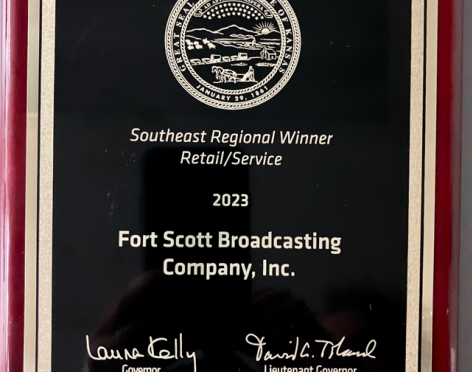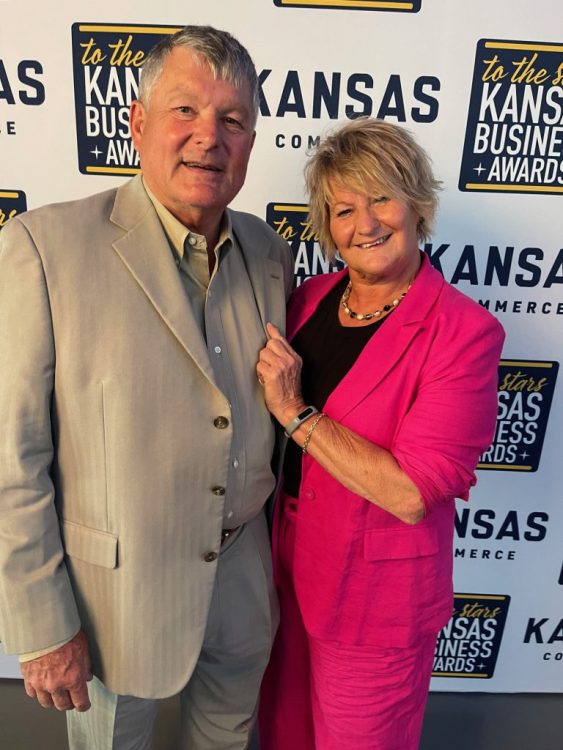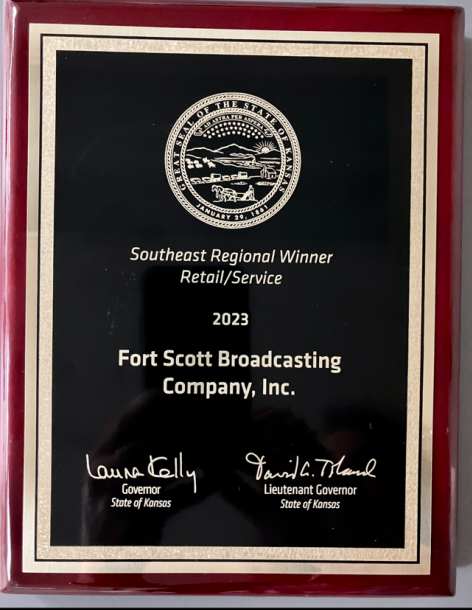Federal grant awarded to improve efficiency and access to Kansas Food Assistance program
TOPEKA – The USDA’s Food and Nutrition Services (FNS) program has announced the awarding of a Process and Technology Improvement grant of $706,550 to the Kansas Department for Children and Families (DCF). The grant will enhance the digital system that accepts SNAP, known as Food Assistance in Kansas, applications.
“Our main goal is to reduce status wait times, improve data accuracy, and enhance the overall client experience,” DCF Secretary Laura Howard shared. “This will result in Kansans receiving Food Assistance benefits in a timely manner and ensuring that Food Assistance continues to effectively serve as the primary defense against hunger.”
The FNS Process and Technology Improvement grants supports efforts by state agencies and their community-based and faith-based partners to develop and implement projects that use technology to improve the quality and efficiency of SNAP application and eligibility determination systems.
DCF will automate manual Food Assistance administrative tasks using BOT automation. Using this technology, the agency will be able to register cases, enter data, and create workflow tasks for caseworkers all without human intervention. Workers will receive notification of an issue with an application and then will follow-up with the Kansan to ask questions or get additional details.
In FY 2022, DCF received 147,224 Food Assistance applications. Currently, the state has 95,047 Food Assistance cases that are made up of 106,699 adults and 84,343 children. DCF is working in partnership with Accenture, the technology business manager of the data management system used by the agency for the benefit programs.
The teams will begin working immediately on the upgrades and have up to three years to complete the project using the funding from the FNS grant.
###
USDA’s Food and Nutrition Service (FNS) works to end hunger and improve food and nutrition security through a suite of more than 16 nutrition assistance programs, such as the school breakfast and lunch programs, WIC and SNAP. Together, these programs serve 1 in 4 Americans over the course of a year, promoting consistent and equitable access to healthy, safe, and affordable food essential to optimal health and well-being. FNS also provides science-based nutrition recommendations through the co-development of the Dietary Guidelines for Americans. FNS’s report, “Leveraging the White House Conference to Promote and Elevate Nutrition Security: The Role of the USDA Food and Nutrition Service,” highlights ways the agency will support the Biden-Harris Administration’s National Strategy, released in conjunction with the historic White House Conference on Hunger, Nutrition, and Health in September 2022. To learn more about FNS, visit www.fns.usda.gov and follow @USDANutrition.




